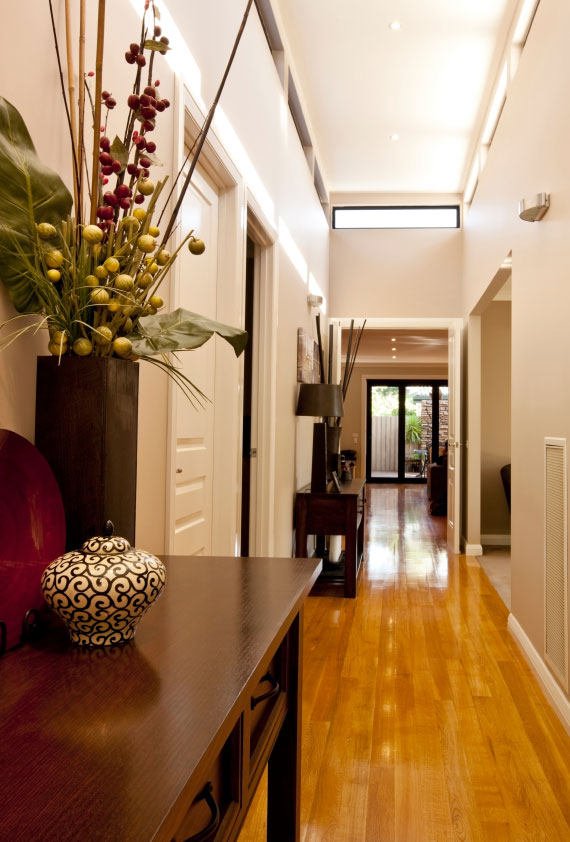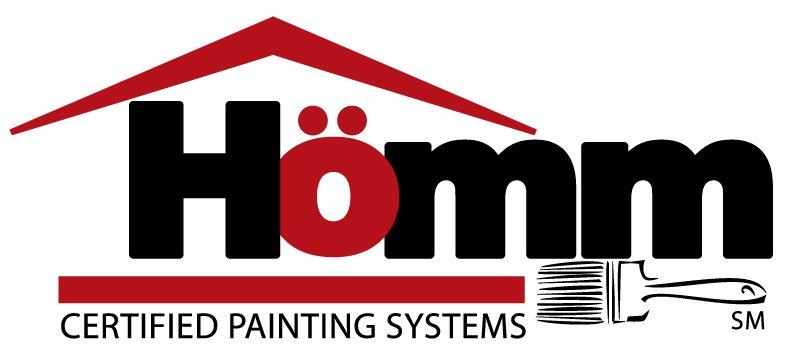Air bubbles under painted surfaces are no joke. Seriously – there’s nothing funny about bothersome bubbles ruining your hard work. The problem being that no matter how much time and effort you put into a paint job, you’re never more than one tiny mistake away from an outbreak of the darn things.
Unfortunately, air bubbles don’t just ruin what could otherwise be a beautiful finish. They can also significantly increase the likelihood of the respective paint cracking and peeling before its time. And once you’ve detected a problem with air bubbles under the painted surface, it’s too late to do anything about it.

So as usual, prevention is the best (or really the only) way to go. On the plus side, it doesn’t have to be difficult to avoid paint bubbles causing you one hell of a headache with your next interior paint job.
Here’s how to avoid this surprisingly common problem:
Step 1 – Preparation Is Key
What’s the number-one cause of air bubbles on painted surfaces? Easy – a lack of preparation. If the surface you intend to paint isn’t properly prepared before you get started, paint bubbles become borderline inevitable. For example, you’ll need to ensure that whatever was/is on the wall previously is comprehensively removed, before getting started. If this means having to use chemical strippers to remove residual paint and wallpaper, so be it. Unless you’re dealing with a completely clean and clear surface with no residual debris of any kind, you stand a significantly higher likelihood of experiencing problems with air bubbles. The more seriously you take the preparation process, the more likely you are to achieve a superior result.
Step 2 – Prime The Surface
Also an important part of the preparation process, the value of getting serious with primer really cannot be overstated. In fact, it’s true to say that priming is often even more important than the application of the paint itself. Nevertheless, evidence would seem to suggest that the vast majority of DIYers either scrimp on the primer, or don’t bother priming their surfaces at all. The simple fact of the matter is that the vast majority of raw surfaces simply aren’t equipped to deal with paint. You can apply all the coats you want, but it still isn’t going to look particularly pleasing. By contrast, add a layer (or two) or premium primer and it becomes so much easier to create a flawless finish, with absolutely no bubbles to worry about.
Step 3 – Choose Your Tools
Another extremely common cause of paint bubbles is using rollers that are either old or dirty. Unless the roller you use is clean and in immaculate condition, it simply isn’t going to be capable of applying the paint as evenly and effectively as necessary. Quality is also key, as the materials used to manufacture the roller will have a marked impact on its ability to transfer the paint to the respective surface. It simply isn’t worth cutting corners on the quality of the tools you use – you’re guaranteed disappointing results.
Step 4 – Take Your Time
Last but not least, rushing things almost always guarantees air bubbles. For example, if you attempt to apply too much paint all at the same time, you’ll saturate the surface and end up with bubbles. Likewise, if you do not give every coat sufficient time to dry before applying the next coat, bubbles become somewhat inevitable. Taking your time really is of enormous importance, giving every coat several hours to dry and tackling one wall, room or area of your home at any one time. It’s always tempting to rush things to get the job done as quickly as possible, but doing so pretty much guarantees disappointing results. And as already mentioned, the fact that air bubbles are somewhat irreversible without major maintenance means it’s a risk that simply isn’t worth taking.
Of course, the easiest way to avoid problems with paint bubbles in their entirety is to have the professionals tackle your interior paint jobs on your behalf. Depending on the nature of the job, you could also find the professional option even more cost-effective than going about things manually. Whatever your needs and available budget, we’d be delighted to hear from you to discuss your requirements in more detail.
Contact a member of the Homm CPS team today for more information on any aspect of interior painting.
